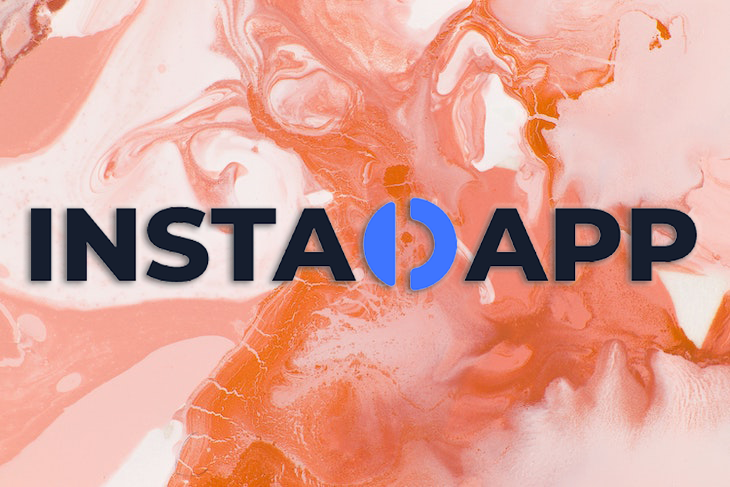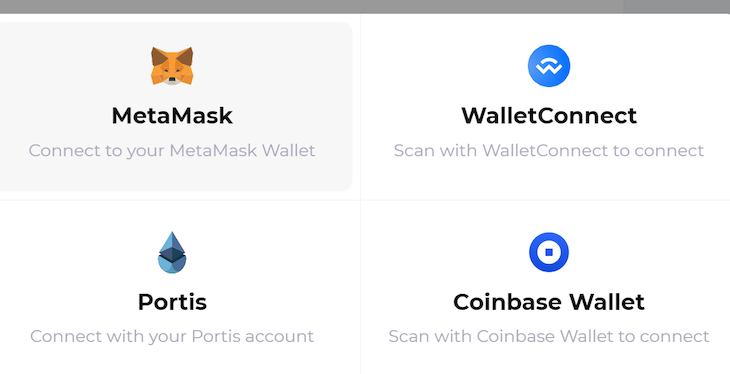Open or decentralized finance, DeFi, as it is commonly called, is a landmark innovation in the global financial industry powered by blockchain technology. Decentralized finance is the term used to define peer-to-peer financial transaction on the public blockchain.

Decentralized finance became very prominent in 2020 with the rise of tokens like Sushiswap and Compound, an algorithm lending pool, because they showed high profit potential for cryptocurrency traders.
What the traditional bank is to everyday people is what DeFi is to cryptocurrency traders. At the time of writing, statistics from DeFi Pulse state that over $78 billion worth of value is locked in DeFi protocol. This is the value locked in DeFi in the form of cryptocurrency for lending, staking, and liquidity pool, etc.
DeFi applications are most often developed on the Ethereum blockchain, which is the second largest cryptocurrency with market capitalization of about 338.565B.
Ethereum is an alternative financial instrument that it is challenging traditional finance in terms of market capitalization, as well as the number of financial transaction performed on the blockchain.
DeFi is an abbreviation for decentralized finance, and it encompasses peer-to-peer trading on public blockchains. Ethereum is the blockchain technology currently supporting most DeFi applications.
Like traditional financial institutions, with DeFi, you can trade derivates, buy insurance, lend, borrow, earn interest, trade assets and do more than you would with traditional financial institutions. Performing these activities on DeFi is faster and easier, especially when you consider that no paperwork is required.
DeFi replaces human-based trust, as seen in centralized finance, with math-based trust, legal enforcement with cryptographic enforcement, paperwork with smart contracts, and third party audits with open source code and a public ledger.
Now that we’re familiar with how DeFi works, let’s consider its advantages:
On the flip side, transaction rates on the Ethereum blockchain are not steady. Due to fluctuation, trading can sometimes be expensive and subject to high volatility. Lastly, adoption and regulations can vary depending on your region.
Instadapp is a decentralized application built on the Ethereum blockchain that connects multiple DeFi protocols. It is more like a marketplace for decentralize finance. A user can manage all of their assets from the Instadapp dashboard.
The DeFi Smart Layer and the InstaDapp protocol, which acts as a middleware, make it possible to aggregate multiple DeFi protocols into an upgradable smart layer.
Instadapp was launched on the Ethereum mainnet in December 2018, but its DeFi Smart Account (DSA) was launched in the first quarter of 2020. The DSA acts as the point of integration with other DeFi protocols like Compound, MakerDao, Uniswap, etc.
InstaDApp was developed to make it simple and easy to interact with other DeFi protocols while meeting users banking needs, promoting decentralization, and DeFi adoption.
The DeFi smart layer (DSL) consists of the following three components:
Connectors are the standardized module in the smart layer that connect and interact with different DeFi protocols, thereby giving the written smart contract access to DeFi services, data, and relevant information.
Smart accounts are owned by users, used to store assets, and perform transactions across connectors.
Through the authority component of the DSL, the user is granted an authority and is able to set customized permissions to manage their smart accounts, DSAs.
Before Instadapp, users tracked their assets, collateralization ratio, and other trading parameters manually. But the introduction of DeFi smart account (DSA) changed this pattern, allowing users to manage their assets or funds from different protocols. DSA enables cross-protocol transactions for users.
DSA reduces the complexities associated with manual monitoring of accounts on different DeFi protocols and makes trading simple by linking different DeFi protocols together and making relevant information available on a single dashboard.
In addition to manual monitoring of assets, DeFi users will have to go through various steps to be able to transfer their assets on each platform, which can be complex, confusing, and frustrating, even resulting in mistakes and losses for users.
But, the advent of Instadapp has greatly reduced these complexities by automating this process with smart contracts. Transfers can be completed with just a few clicks and adjustments.
Like every other blockchain, transactions on Instadapp are immutable and transparently recorded. Users do not need to pay a transaction fee, but gas fees are required to move assets on the Ethereum network. Most DApps, including Instadapps, use non-custodial wallets to store users’ funds and assets, giving users total control over their assets and funds.
The four main activities performed on the Instadapp platform include the following:
Kyber Network is a popular network that aggregates a large pool of liquidity from a wide range of sources, thereby having a large reserve of cryptocurrencies and allowing Instadapp users to swap tokens. InstaDApp uses the Kyber Network to facilitate token swap features.
Just like the centralized financial economy, lending and borrowing is very important in decentralized finance. The blockchain technology follows a different approach to lending and borrowing using Instadapp.
Instadapp integrates with Compound Finance to aid lending. Compound Finance is an open source protocol that algorithmically establishes short-term loans and sets the interest rate depending on demand and supply on the loans.
Instabridge ensures that users can port their loans between different protocols for example porting a bad interest rate loan from MakerDAO to Compound.
On the Instadapp platform, users can easily swap tokens, add tokens to pools to earn fees, and list tokens, encouraging liquidity pooling. These activities are facilitated by the Uniswap protocol, a decentralized ERC-20 exchange that supports the Ethereum blockchain. The protocol gives users the ability to trade various cryptocurrencies and exchange ERC-20 tokens.
To start using Instadapp, you’ll need a cryptocurrency wallet like MetaMask or Coinbase Wallet. To use MetaMask, you can install it as a browser extension, while Coinbase Wallet can be installed from either the Google Play store or the Apple app store.
When connected to any of these Web3-based wallets, a user is able to manage all assets from the Instadapp interface. Connecting with the wallet is fairly easy. First, go to the Instadapp dashboard, and click on Connect to connect a wallet:

You’ll be shown a notification to select between four different wallets, MetaMask, WalletConnect, Portis, or Coinbase Wallet:

To connect with WalletConnect or Coinbase Wallet, you’ll be prompted to scan a QR code. As soon as the scan is successful, the next step is create an account.
To create an account, you’ll need to pay a gas fee in Ether (ETH). Depending on the state of the Ethereum network, the gas fee can be as high as 0.0322 ETH.
Even though blockchain and DeFi seems like the future of finance, there are still cryptocurrency traders who use centralized finance for day-to-day trading.
The following software include DeFi functionalities:
In this article, we explored DeFi and Instadapp, reviewing some of the associated features and history. We also explored the basics for managing decentralized finance with Instadapp. Finally, we also mentioned some relevant tax software with Defi functionality.
I hope you enjoyed this article and learned a little more about decentralized finance. Happy coding!
Client-side issues that impact users’ ability to activate and transact in your apps can drastically affect your bottom line. If you’re interested in monitoring UX issues, automatically surfacing JavaScript errors, and tracking slow network requests and component load time, try LogRocket.

LogRocket lets you replay user sessions, eliminating guesswork around why bugs happen by showing exactly what users experienced. It captures console logs, errors, network requests, and pixel-perfect DOM recordings — compatible with all frameworks.
LogRocket's Galileo AI watches sessions for you, instantly identifying and explaining user struggles with automated monitoring of your entire product experience.
Modernize how you debug web and mobile apps — start monitoring for free.
Would you be interested in joining LogRocket's developer community?
Join LogRocket’s Content Advisory Board. You’ll help inform the type of content we create and get access to exclusive meetups, social accreditation, and swag.
Sign up now
Not sure if low-code is right for your next project? This guide breaks down when to use it, when to avoid it, and how to make the right call.

Compare Firebase Studio, Lovable, and Replit for AI-powered app building. Find the best tool for your project needs.

Discover how to use Gemini CLI, Google’s new open-source AI agent that brings Gemini directly to your terminal.

This article explores several proven patterns for writing safer, cleaner, and more readable code in React and TypeScript.